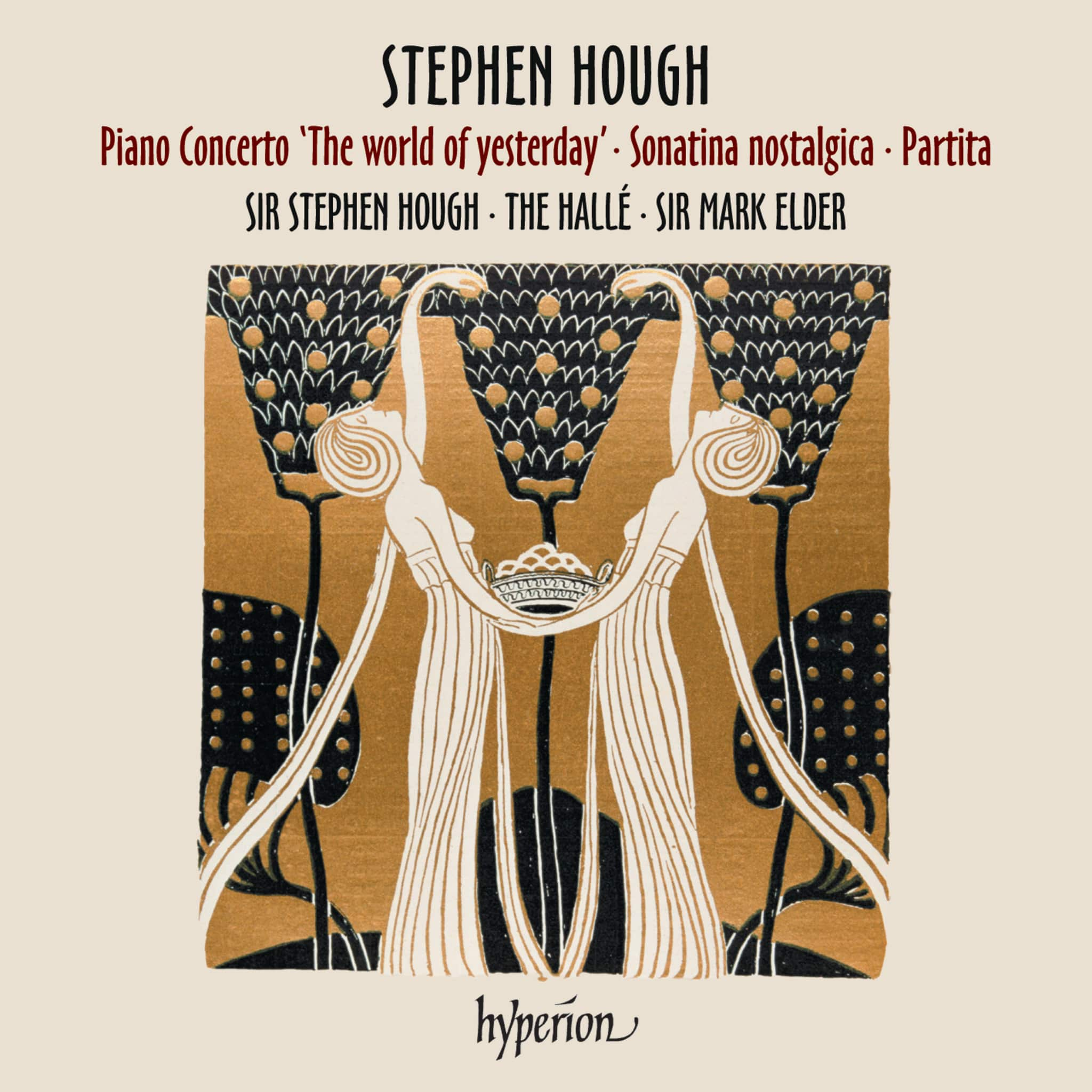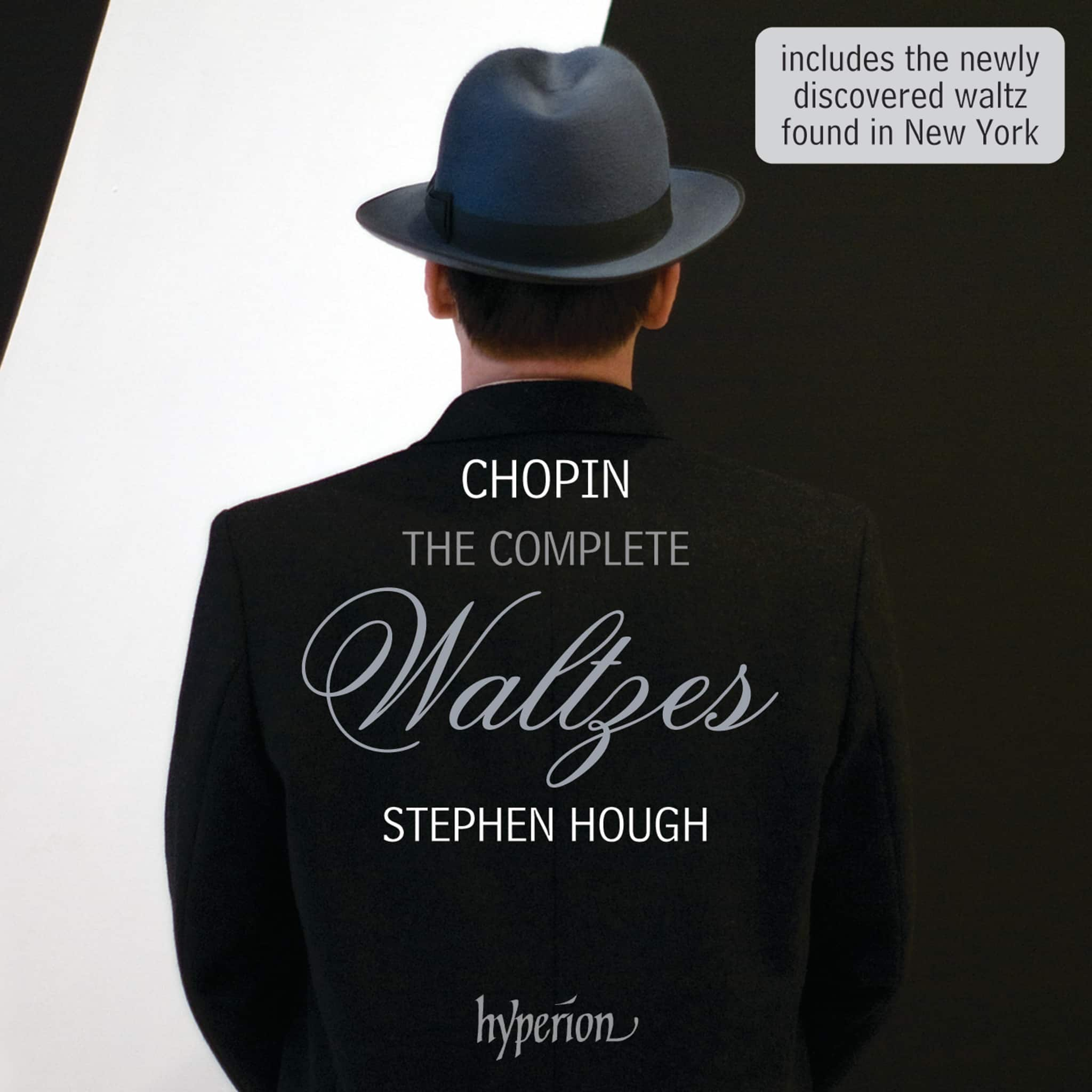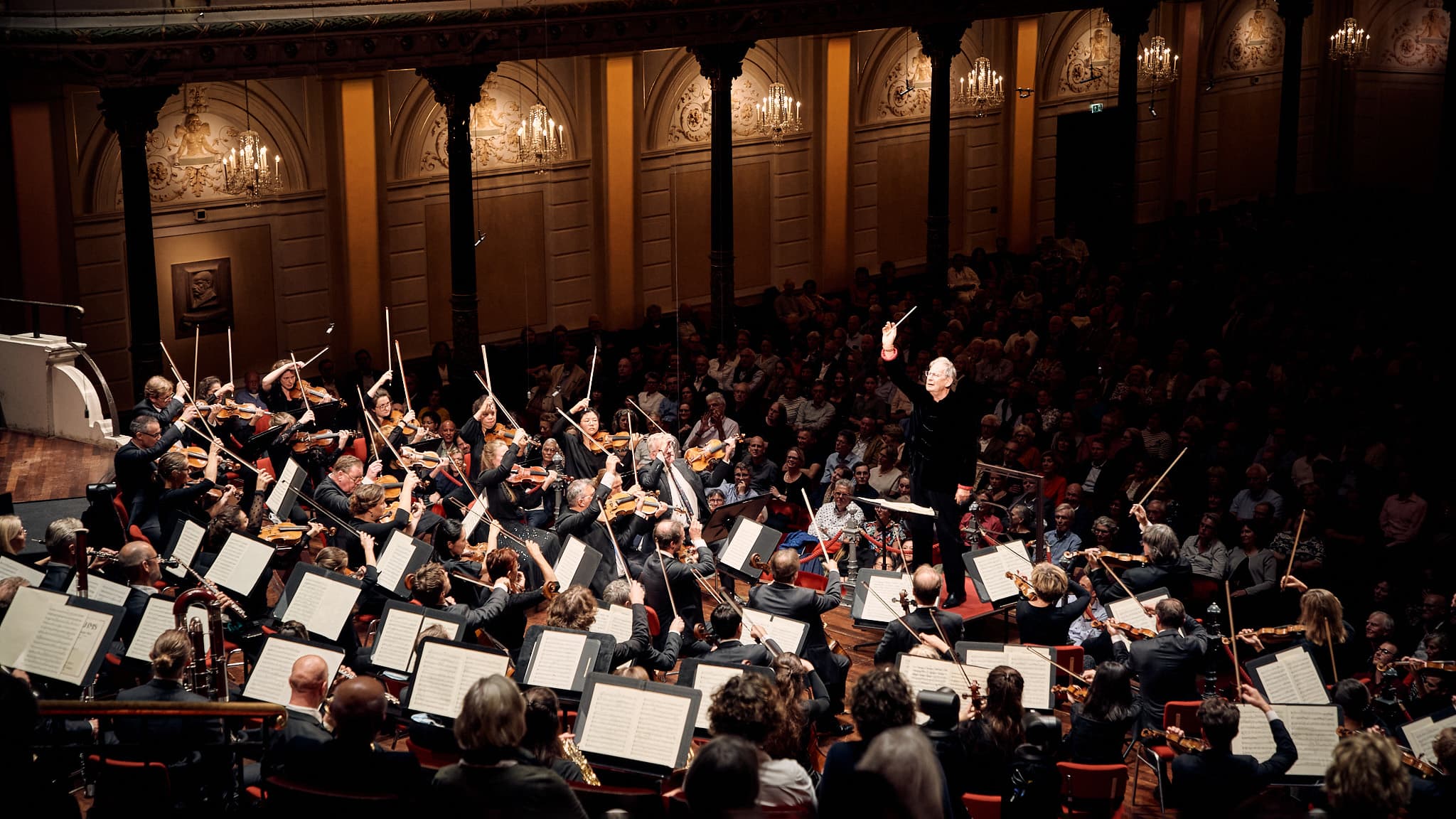Album insights
In the royal palace of Madrid, a valuable treasure known as the Cancionero de Palacio (‘Palace Songbook’) has been preserved for almost five centuries. This exquisite book originally contained over five hundred songs, with close to 460 still existing today. Compiled over nearly forty years, the songbook served as a resource for polyphonic singing at the court of Ferdinand and Isabella, though its direct connection to the royal court remains unproven. Many songs are attributed to composers who may have worked in the royal chapels. Notably, some songs are credited to Juan del Encina, suggesting his possible involvement in the book's assembly. Encina, while never officially employed at the court, notably served the Count of Alba in the late 1490s before ultimately residing in Rome. Encina associated with the royal family, dedicating prose works to Prince Juan, showcasing his influence on courtly music.
Encina's role in shaping the court music repertoire reflects various stylistic shifts and themes. His predominantly homophonic style, as seen in works like Villancico, surpassed older contrapuntal traditions, influencing subsequent court compositions. The book also incorporates popular melodies and themes, demonstrating a blend of traditional and innovative elements. The Palacio Songbook showcases a distinct Spanish vocal style, drawing from diverse influences such as Arabic traditions and pastoral themes. Encina's compositions exhibit emotional depth, blending elements of courtly love with everyday experiences.
Incorporating elements of different languages, including Italian and French, some Palacio Songbook pieces feature a unique linguistic blend. The book contains ballads, notably propagandistic songs promoting royal stories like Una sañosa porfia, which glorify victories and historical events. The collection's diversity extends to instrumental pieces like 'Alta' by Francisco de La Torre, featuring intricate dances echoing broader European instrumental traditions.
The Palacio Songbook stands as a testament to the rich diversity of Spanish court music in the late 15th and early 16th centuries, showcasing a blend of royal, popular, and innovative musical expressions.








